Lomography x Perimetro - 36 Shots, One Story: Interview with Giorgia dal Molin
4 Share TweetThis big open call attracted more than 250 submissions, and involved a network of 39 partners including cultural institutions, photography schools, magazines, labs and independent creative spaces who supported us by selecting the winning projects.
Seven photographers from seven Italian cities (Bologna, Florence, Milan, Naples, Palermo, Rome and Turin) told their own stories with a roll of Lomography film. The projects were all different from each other, without rules or themes to follow, for results that, in 36 shots, rediscovered the pleasure of surprise and the beauty of the unexpected. Today we present one of these projects by Giorgia dal Molin, entitled Ostranenie di Paola and shot on LomoChrome Metropolis film.
Hi Giorgia! Could you please introduce yourself to the readers of our Online Magazine?
Hi! I am a young photographer originally from Belluno. Four years ago I interrupted my career as a radiology technician to move to Milan and study photography. Now I am involved in photography as a producer and photographer for fashion campaigns. In parallel I pursue my personal projects as a documentary photographer.
Can you tell us about your photographic background? When did your journey into photography begin?
I started at a very young age by photographing whatever came my way with compacts given to me by my dad, focusing so much on the idea that something might one day no longer be there and that therefore by photographing it I would not forget it. The earliest photographic memories are compositions with toy animals in imaginary settings in faraway countries and a folder of photos that I still keep called 'parasol'. It contains a few photos of a small pink umbrella that I sold at a village market because it became too small for me.
Photography also silently accompanied me during my college years while I was studying radiology techniques and was a means of discovering and documenting skiing and boat trips with my dad in Italy. I decided to make this companion a profession only in 2019 when I moved to Milan after getting a scholarship at the Istituto Italiano di Fotografia to which I owe much of my education.
Tell us about this fantastic project. How did the idea come about?
I have been collecting images of my family for quite some time. I had not yet photographed my Aunt Paola, and the contest was a great push toward an emotionally engaging experience for me. When I read 'Turin' among the cities, the project almost instinctively emerged in my mind and I elaborated and defined it later. Since the stroke changed my aunt's expressive personality, I have always wanted to find a way to represent this change and superimpose her vision of Turin with the person my aunt is today.
With this project you told a very personal family story. What was the experience like for you to give it a new light through photography?
I have always metabolized events through photography: from my mom's passing, to the scattering of ashes, from the melting of glaciers at home to other intense experiences I have had. Having the opportunity to do the same to understand my aunt's profound change was an intense and precious family moment both for me and for those close to her. I discovered aspects of my aunt that I did not know before (such as her lifelong passion for painting), I lived three days in close contact with her and Uncle Ernesto, something I had not been able to do for a very long time.
The medium of photography represents a very powerful filter-shield for something we perceive as 'too much': too complex to understand, too painful, too distant, too beautiful to describe in words. Having the ability to give a reading in pictures to an emotion that engages us powerfully I find can unpack it into simpler, more manageable and understandable parts and thus also shareable.
For this project you chose to use our LomoChrome Metropolis film. Why this choice and what features particularly impressed you about this film?
The Metropolis film is markedly desaturated, and this conveyed to me an idea of loss, a lack of something (the ability to express oneself, in particular). It seemed a great help to me to begin my narrative of this lack of ability to express myself on the one hand and my inability to understand everything on the other. Unfortunately, I had some light leaks on the film and this, while initially a source of discouragement for me, proved to be an aid in the narrative once the editing was done, it enhanced the distortion of understanding by changing the colors of the film and masking portions of it.
Which camera did you use?
I have been using a canon AE-1 Program. It was purchased by my uncle in the late 1970s and was his companion during wonderful trips to Africa.
Has having only 36 shots available been a stimulus for you or a limitation for your creative process?
This was the first time I had to plan how much and what to shoot, and initially I was scared of not having an indefinite amount of shots. I wanted to give space both to the representation of the city in visiting it with my uncles through Ernesto's words and aunt's gestures, and to give space to Aunt Paola's home environment and devote portraits to them. Having to decide beforehand how much space to devote to each representation helped me to previsualize the project and carry it out in the best possible way.
Would you change anything if you could reshoot the same roll?
The notebook page written in pencil contains one of the few phrases that my aunt often repeats as a sign of approval, I would have liked to have her write it but refrained from asking, finding it too 'intrusive' a request. I would also have liked to include a shot that could best represent me but I gave priority to other images.
What role does analogue photography play for you in 2024?
As trivial as it may seem, the ability today to slow down is vital to the creative process. Limiting shots, either by a predefined amount from the roll or to keep costs down, directs the photographer toward a more thoughtful and conscious choice of subject and framing, thus discarding the superfluous, instructing the eye and vision to pay closer attention. This slow acquisition process, in parallel, becomes a slow reading process that sharpens the photographer's sensitivity and depth in reading the subject before shooting. I like to think of analogue photography as the photography of those who are hopelessly emotional and affected by long flights of fancy.
Do you have any interesting projects or collaborations planned?
I wish to continue and conclude the massive project on my family, a kind of genealogical narrative album. I also need to continue the narrative of the alpine refuges of the projects 'Ho visto uomini(?)' and 'A forza di essere vento'. In the first months of the year I will be working on a photographic and narrative project about an important architectural work in my province. My dream, which I have been pursuing for some time, is to be able to move for a few months to a small island inhabited by a few people (I have a couple of them in mind that deeply attract me), an island with no roads, a slow island. I would like to have the opportunity to narrate this island and its inhabitants by slowly discovering their life habits.
Follow Giorgia on her website and on Instagram.
written by ludovicazen on 2024-03-27 #gear #people #places #collaboration #documentary #metropolis #turin #perimetro


















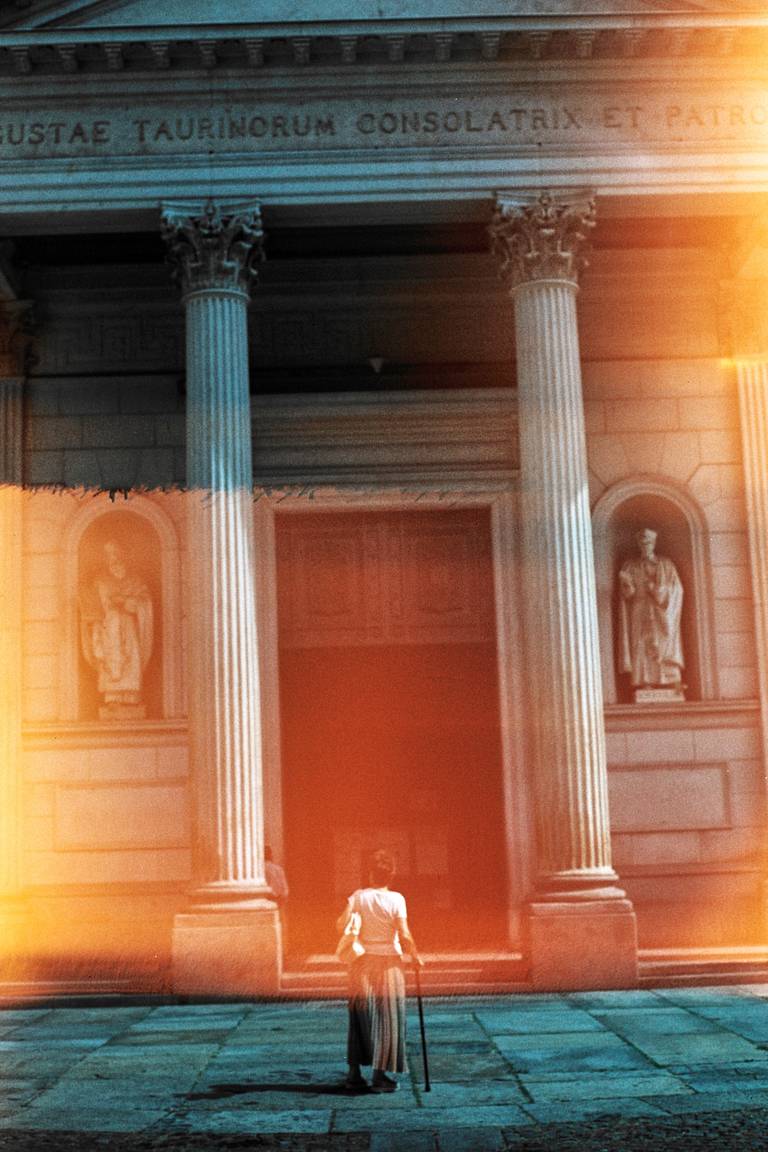








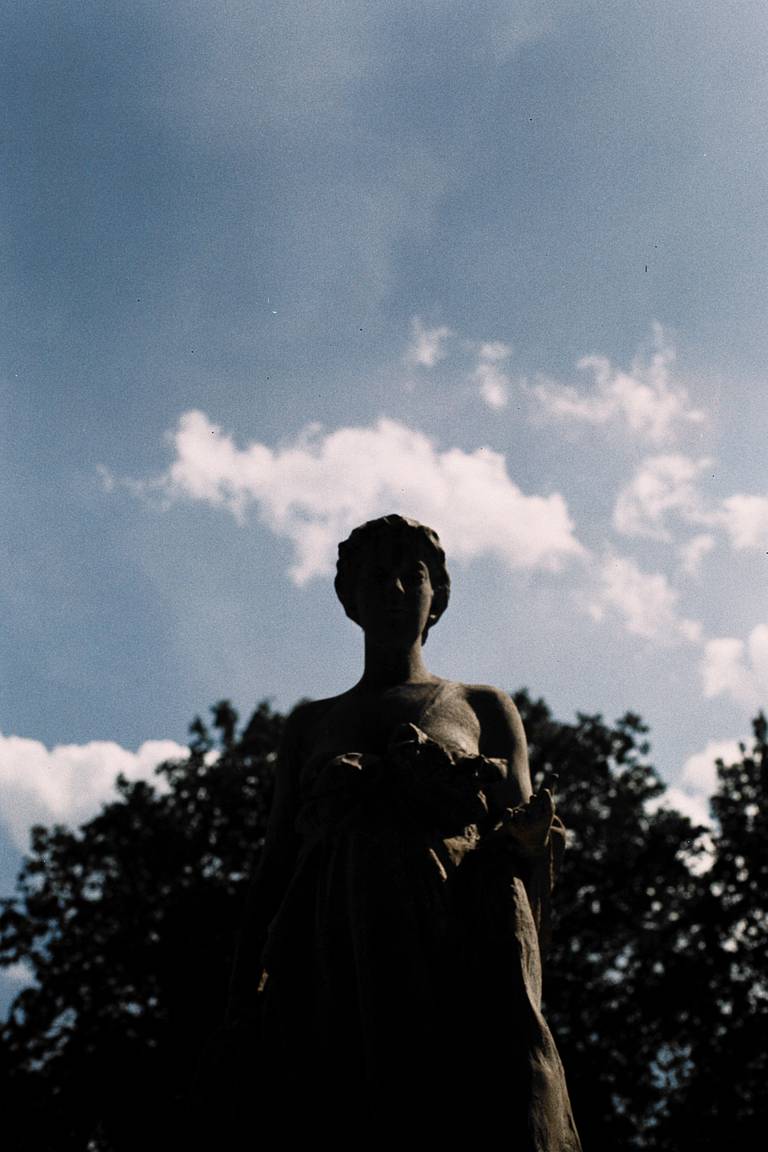


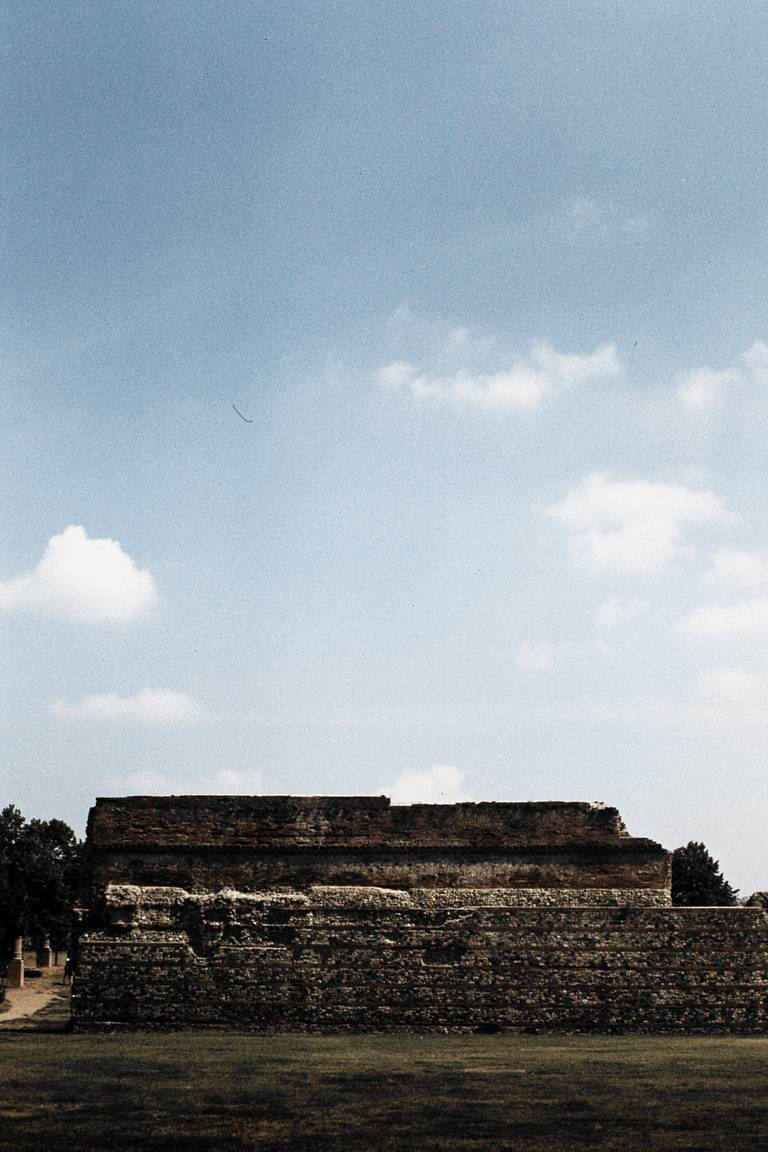

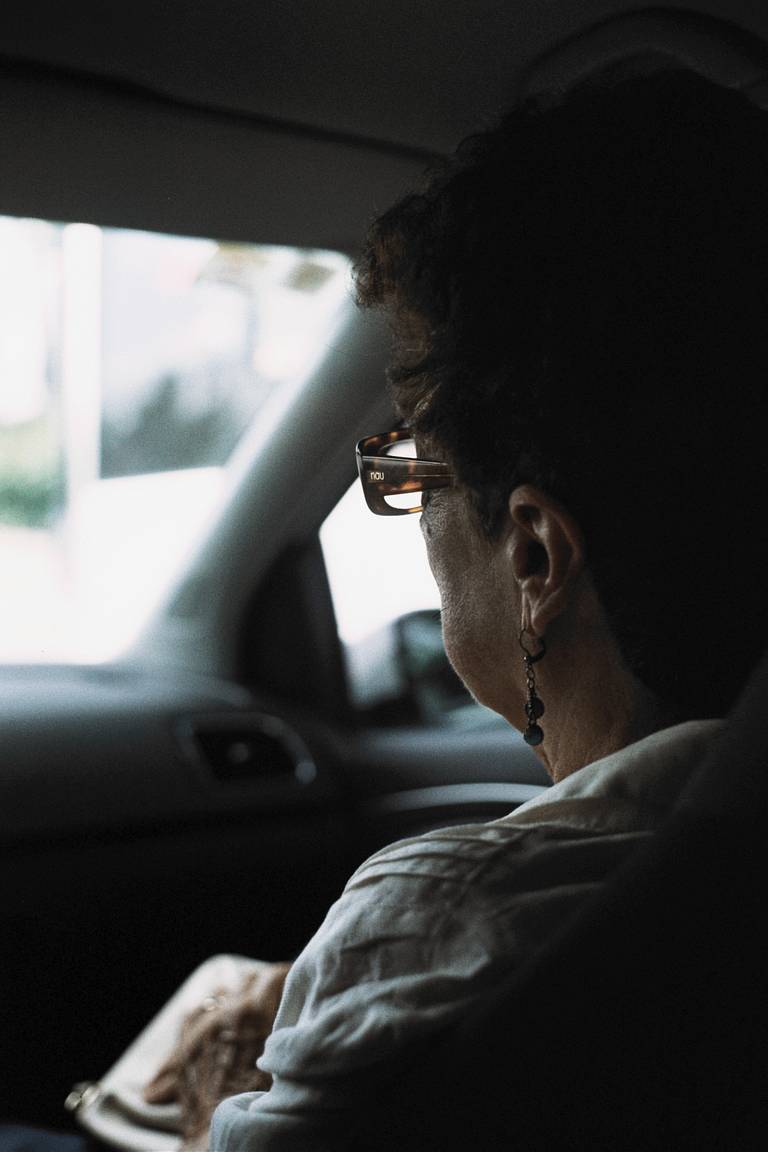

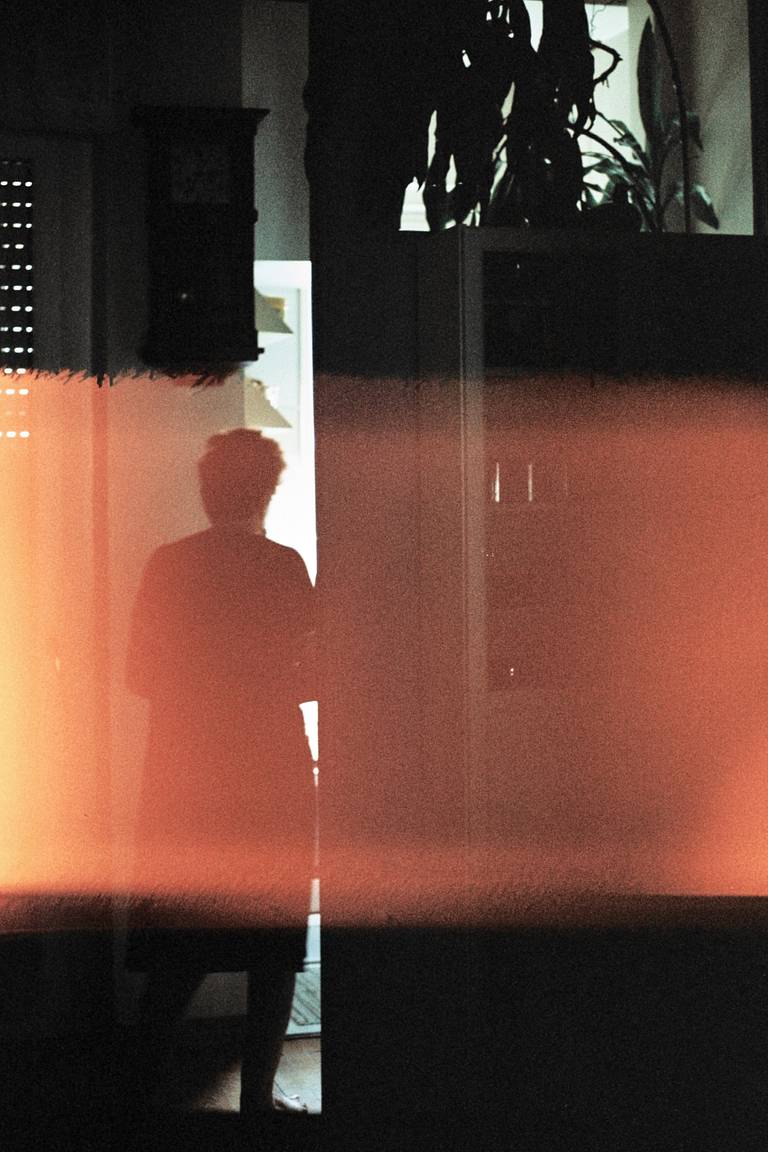



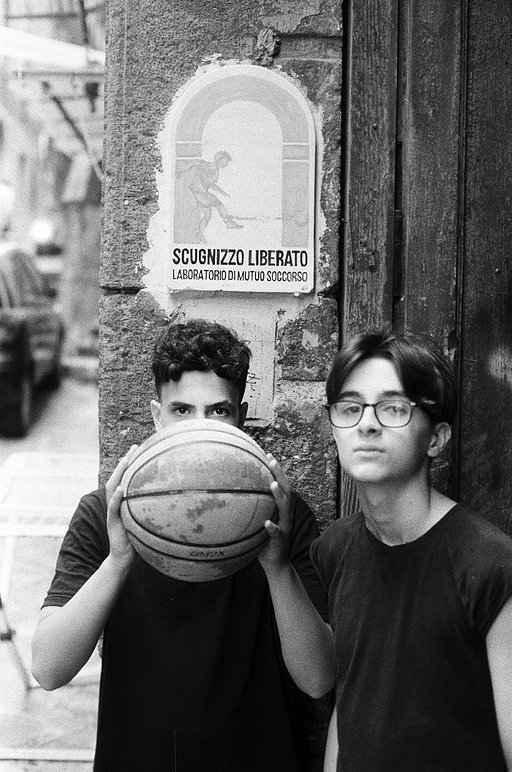



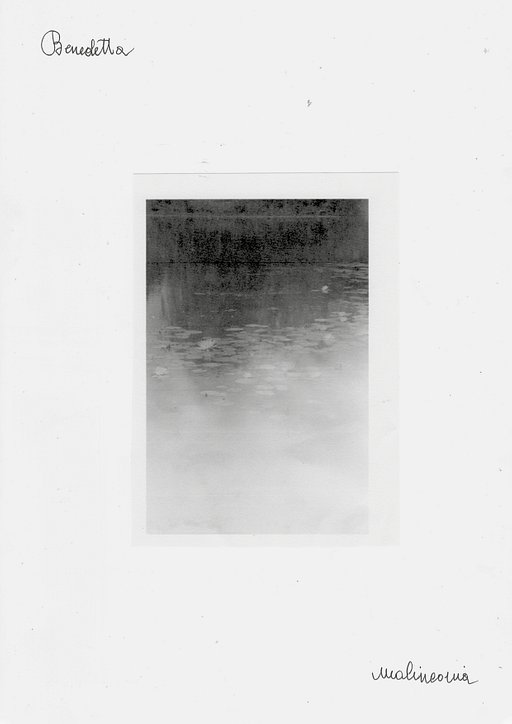










No Comments